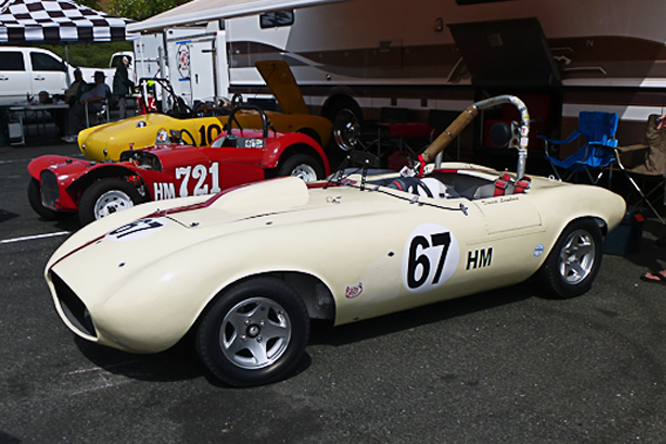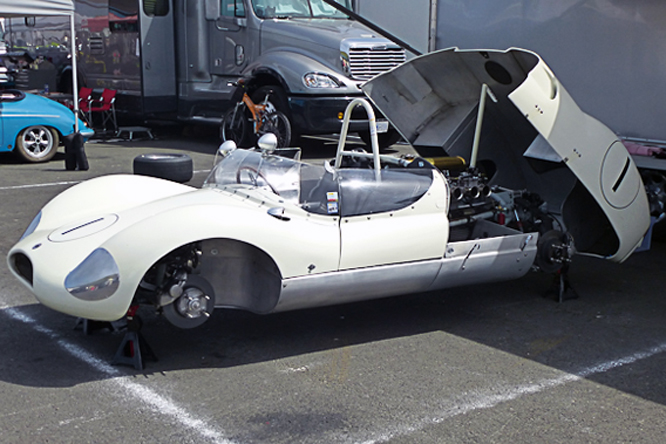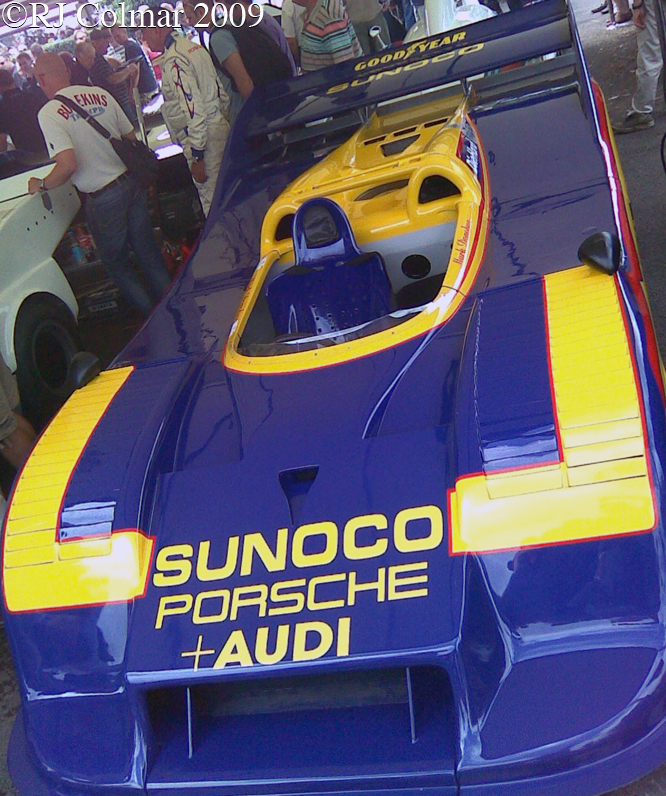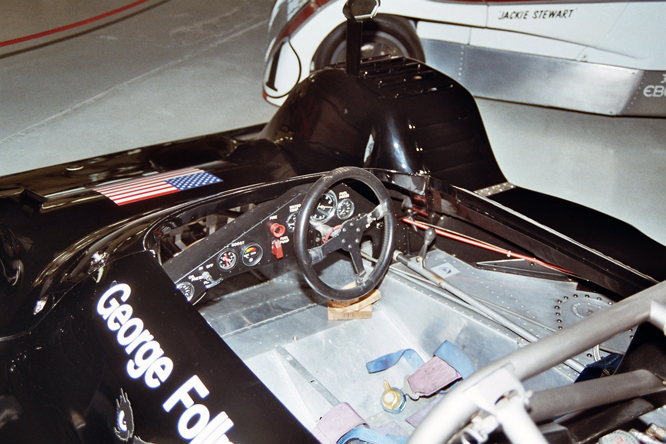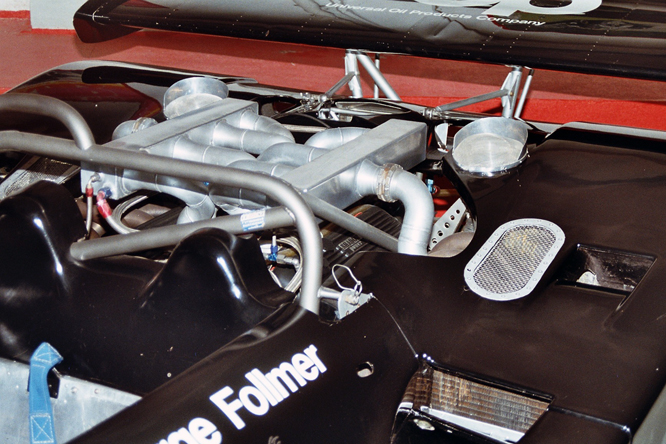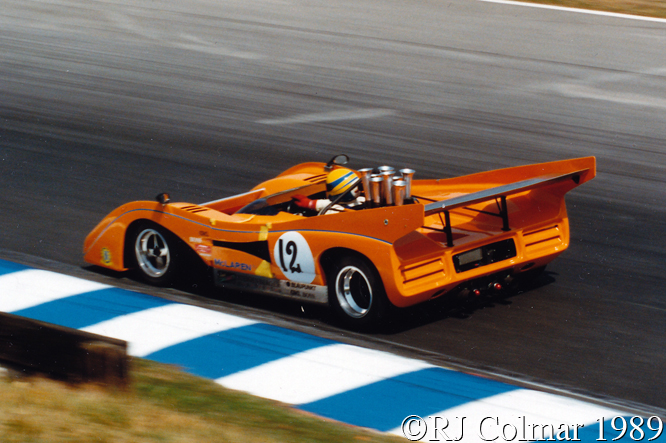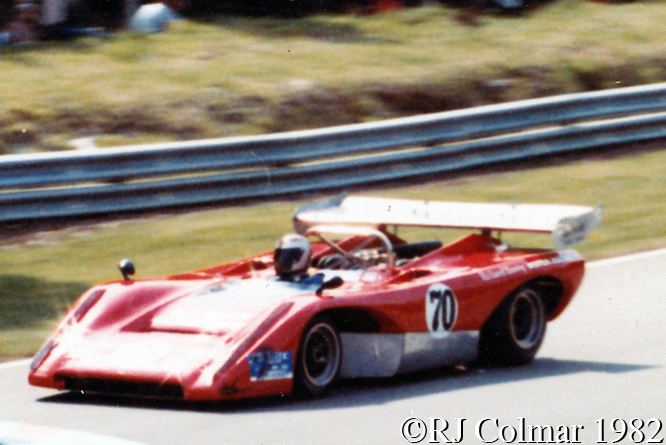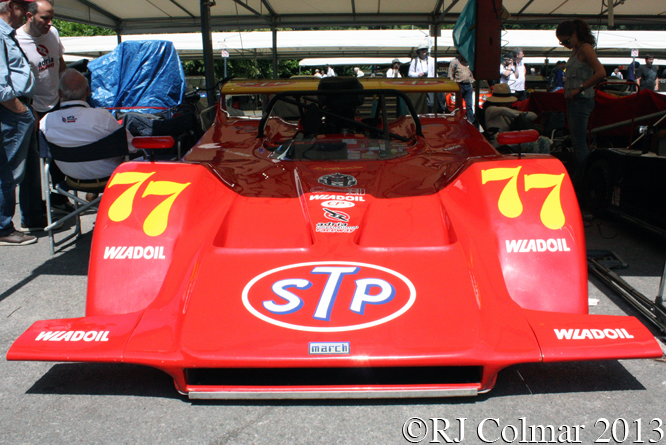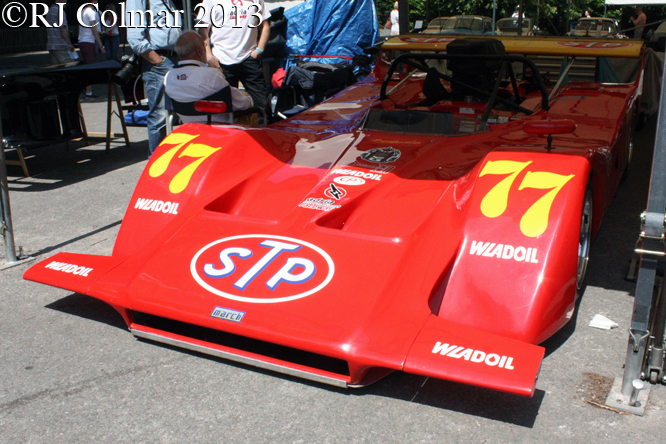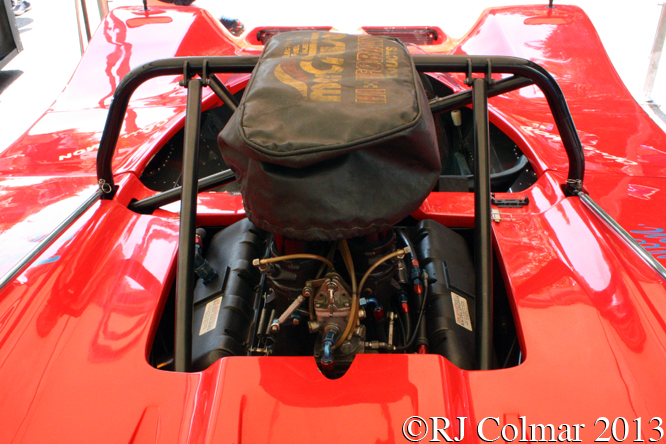Following the success of his ’67 and ’68 Can Am unlimited sports car programmes, which would net championship success from 1967 to 1971, Bruce McLaren turned his attention to building a GT Coupé version of his Can Am winning Chevrolet powered M6 roadster.

According to McLaren designer Gordon Coppuck the initial idea was for the M6GT to become a racer against the likes of the Ford GT40, later Ferrari 512 and Porsche 917 before McLaren realised they could not meet the minimum production requirements for the World Sports Car series.

Bruce and Gordon then continued working on the project as a road car project and the Prototype was finished in 1969 and received much adulation as Bruce proceeded to use it as his daily driver.

Unfortunately Bruce was killed testing his new 1970 Can Am Challenger at Goodwood and plans to put the M6GT into production also died with it until Trojan, who built the McLaren customer Can Am racers, had a go at test marketing the M6GT and built two further M6GT cars before abandoning the idea.
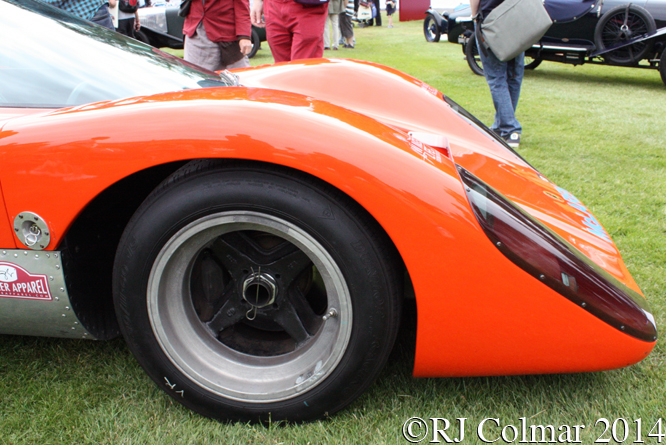
Since then any number of replica M6GT’s have been built using everything from Volkswagen Beetle chassis to full race spec McLaren M6 and M12, Trojan production variant of the M6 chassis, with everything from flat four Beetle power to race spec 700hp plus Chevy aluminium big blocks.

The chassis of today’s featured car is Trojan built McLaren M12, chassis 60-14 one of two that appear to have passed through Holman Moody to the Great Western Champagne team for Gary Wilson to use in the 1971 Can Am championship season.

It is not known for certain that Gary used chassis 60-14 in 1971 but the following year Pete Sherman acquired the car and raced it in the Road America Can Am race where he qualified 22nd and finished 17th.

Pete is known to have raced 60-14 on at least one further occasion in 1972 at Donnybrooke where he started 27th and finished 9th.

Lawrence Crossan is said to have bought 60-14 in 1977 and during his decade of ownership he had the race spec M12 and 8 700 hp 8 litre 488 cui Chevy fitted with an M6GT type body.
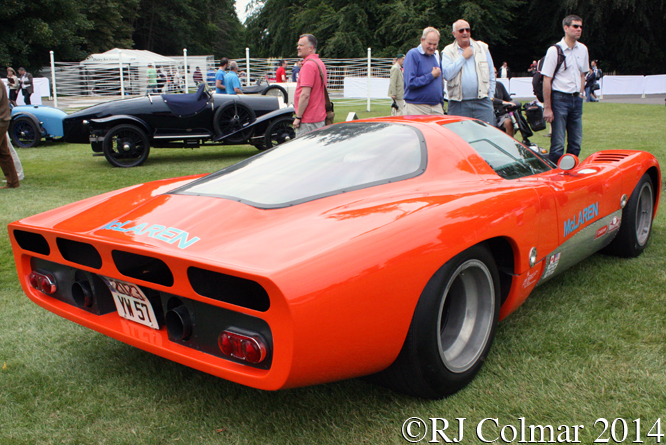
Note that the windscreen wiper appears far too small compared to that fitted to Bruce McLaren’s original which also featured a pair of pop up headlights.

60-14 now has a Swiss owner and it is registered in France as what must be one of the wilder street legal machines with a genuine 1972 Can Am race history.
Thanks for joining me on this “Sherman’s M12” edition of “Gettin’ a li’l psycho on tyres” I hope you will join me again tomorrow. Don’t forget to come back now !




